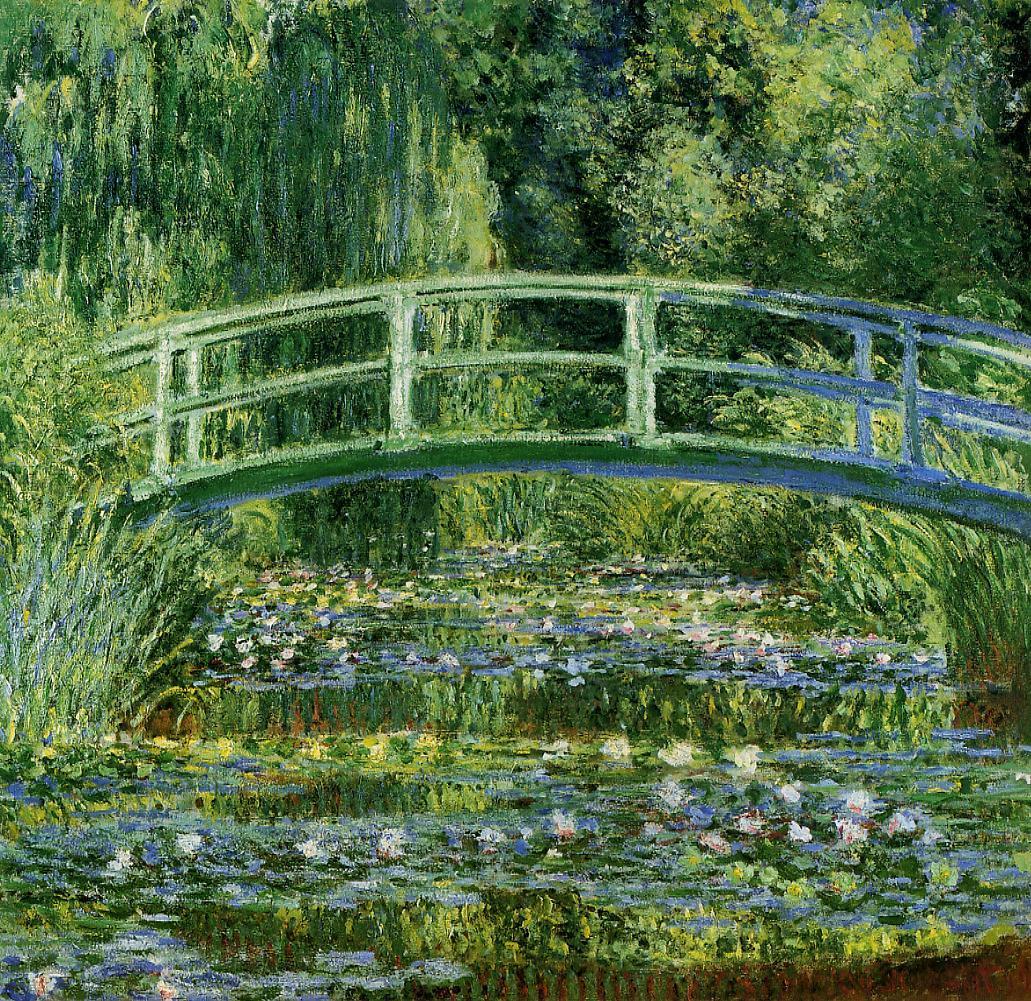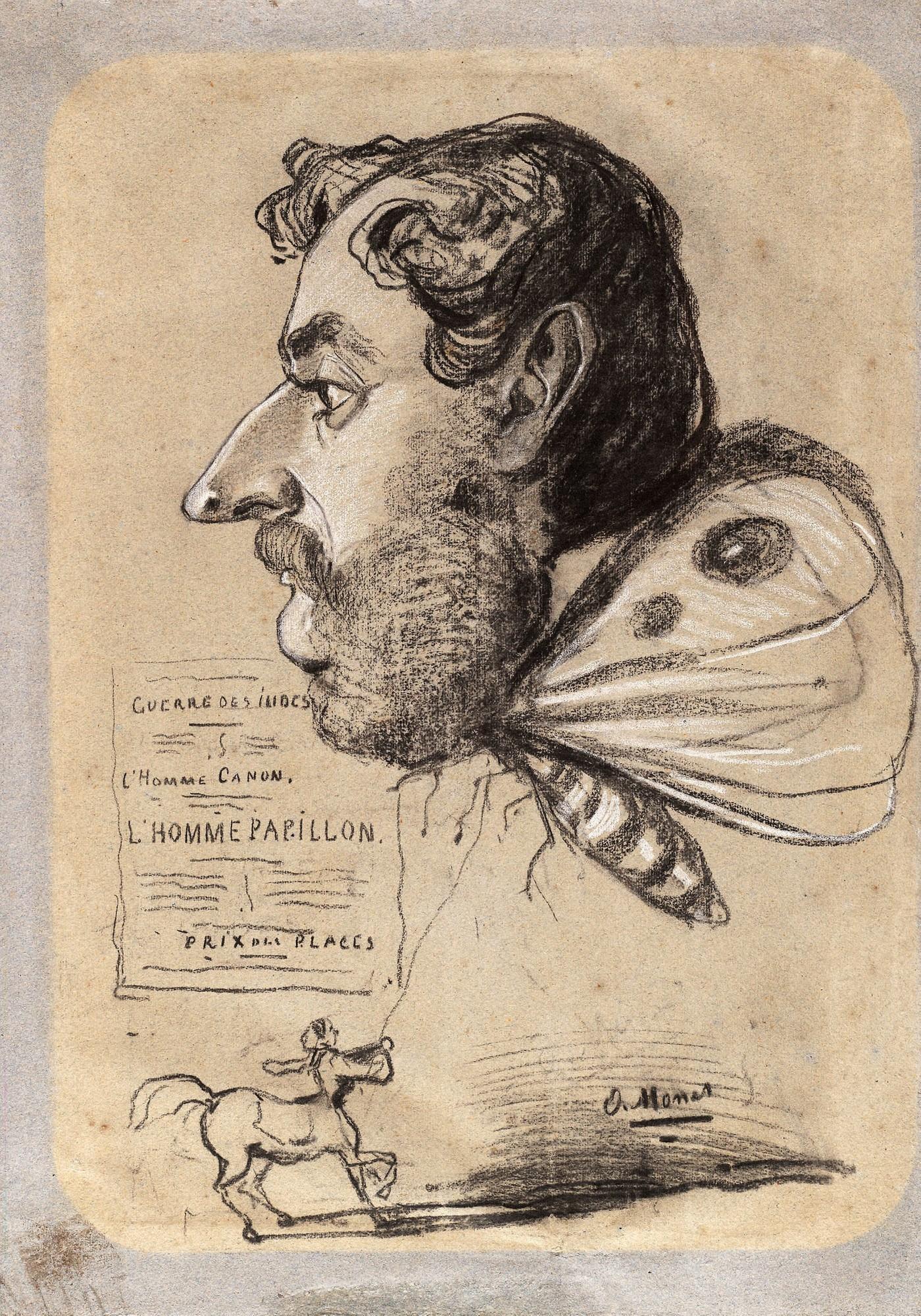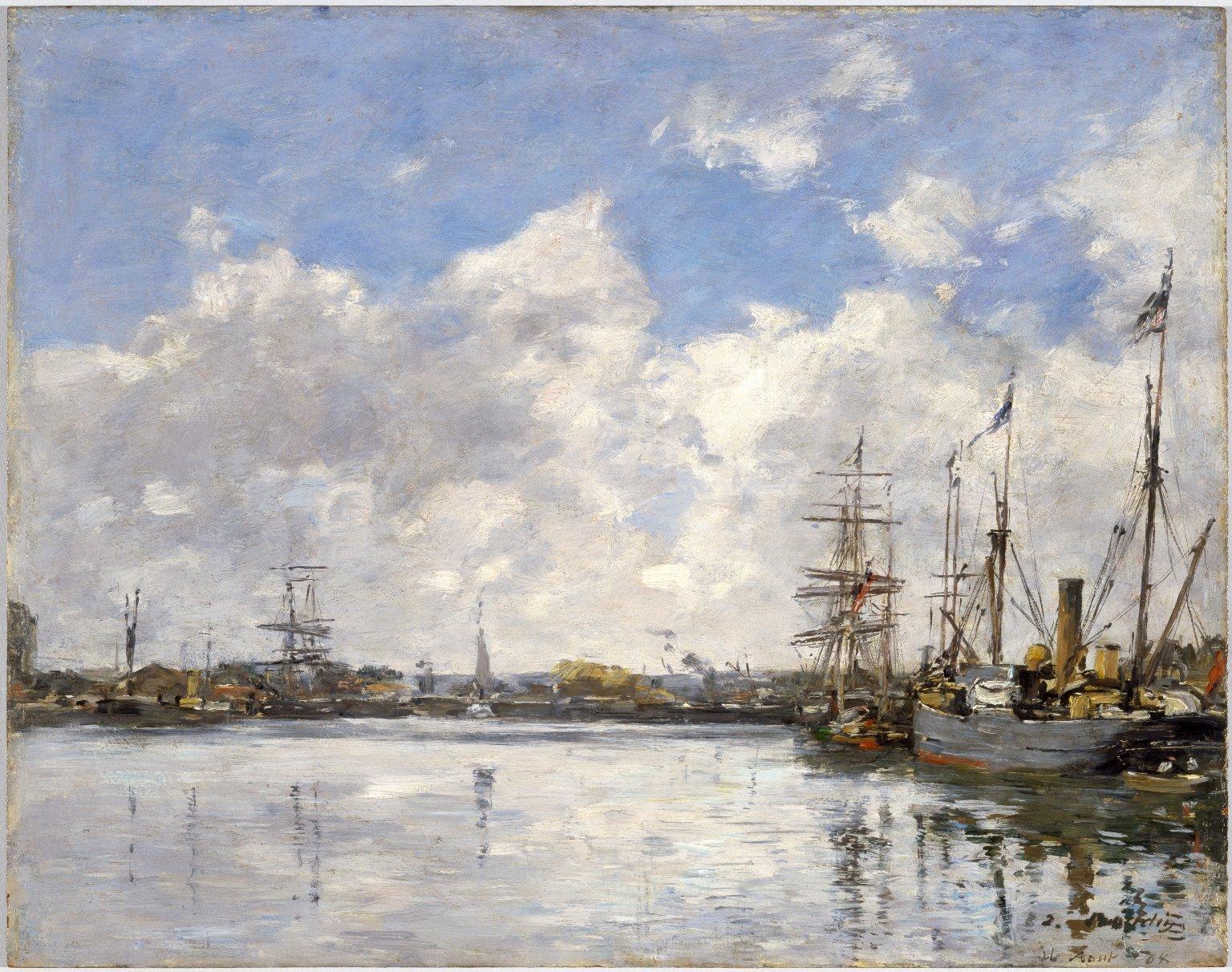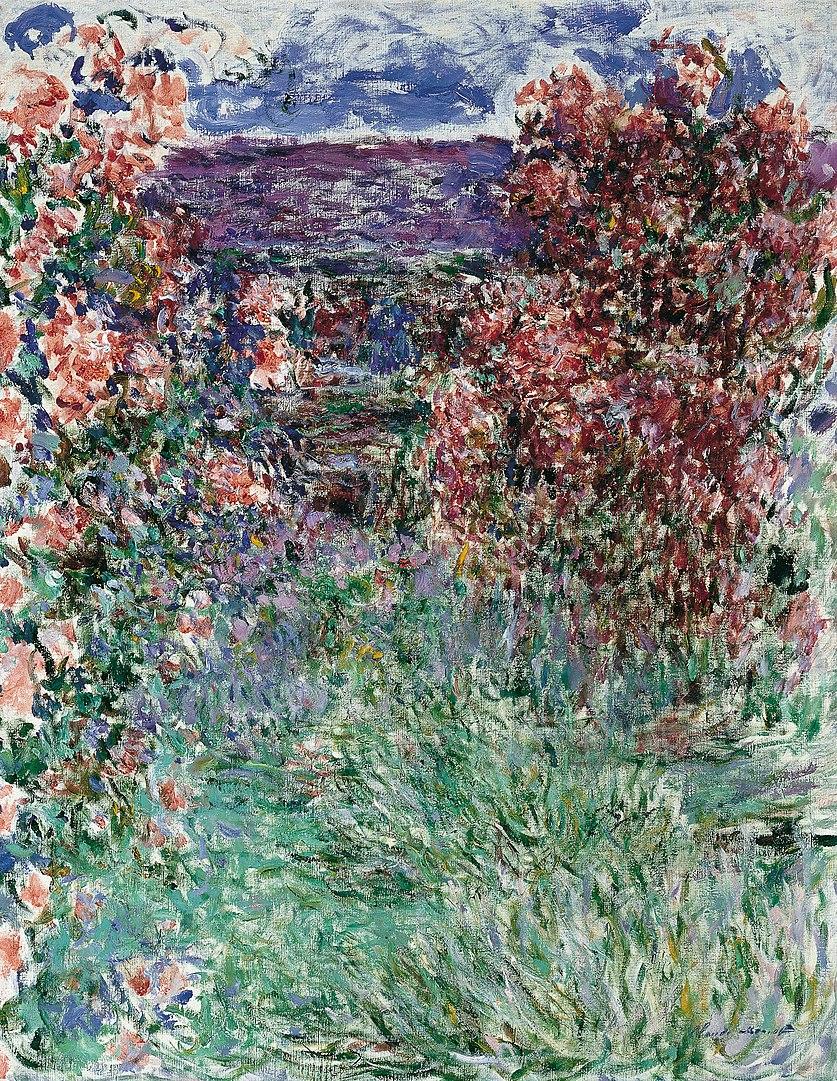4. He Unintentionally Named Impressionism
Though he didn’t know it when he titled it, Monet’s painting Impression, Sunrise, painted in 1873, became the inspiration for the name of the artistic movement for which the artist is so well known.
In 1874, Claude Monet, Edgar Degas, Camille Pissarro, Édouard Manet, and Paul Cézanne, founded the Anonymous Society of Painters, Sculptors, and Printmakers, etc., along with several other artists whose works were rejected by the Salon de Paris. The group held an exhibition of their work that year in Paris. This showing later became known as the first Impressionist exhibition.
The works at the exhibition received many critical reviews, one of which was written by Louis Leroy, who latched onto Monet’s use of the word “impression” in the title of his painting as a derogatory description of what called the “unfinished” nature of Monet’s painting.
The artists then defiantly adopted the term “impressionist” to describe their work, and it became the name of the movement.





































